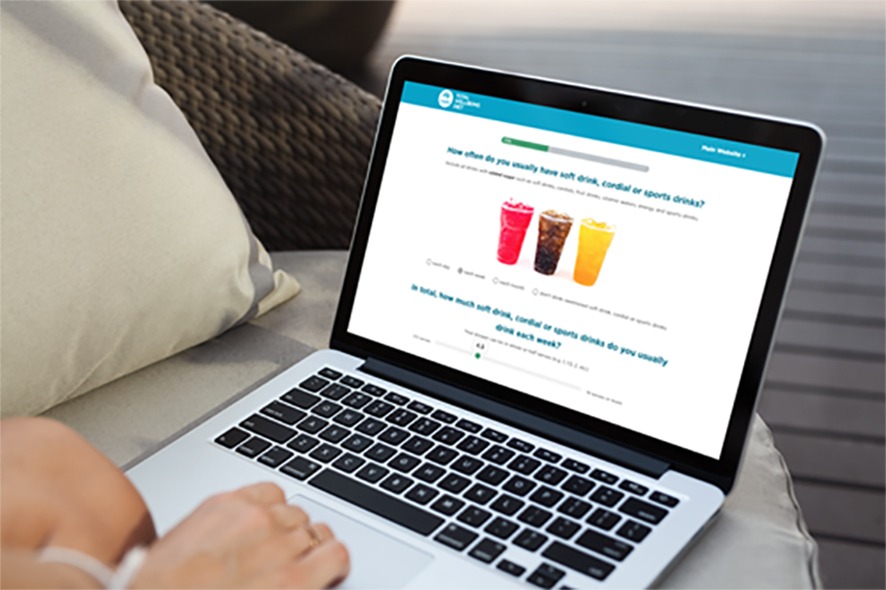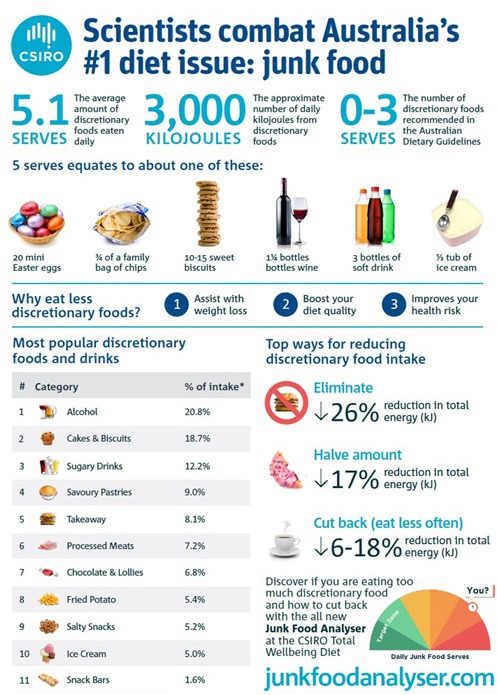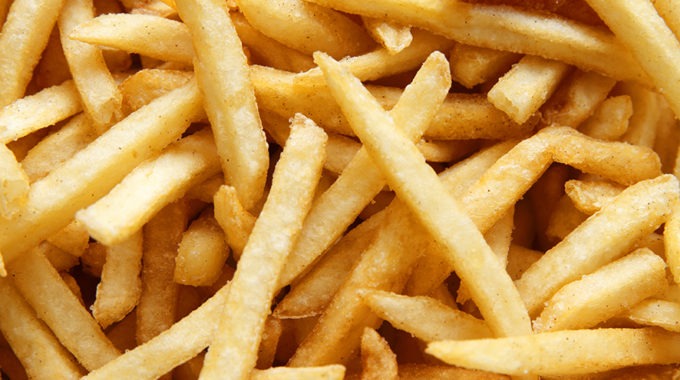New tool to combat our #1 diet issue
Low nutrient, high-calorie food continues to be the top choice for Australians, with research from the CSIRO showing that nearly four out of five of us are overindulging in junk foods every day. The new findings come from the CSIRO Healthy Diet Score survey.
CSIRO research scientist Dr Gilly Hendrie says that new approaches are needed when it comes to the amount of discretionary foods in Australians’ diets.
“Discretionary or junk foods are the number one issue affecting Australian diets today, with excessive consumption resulting in poor nutrition, high rates of obesity and an even higher risk of lifestyle diseases,” she says.
To help Australians improve their diets, the CSIRO has launched a free online tool to provide the community with a greater understanding of their discretionary food intake and where they can make improvements to their eating habits.

Launching just in time for those who may have overindulged this Easter, the new Junk Food Analyser provides individuals with specific advice on which categories of discretionary foods they’re consuming the most, with the interactive tool providing strategies and tips on where calories can be reduced, which is essential for weight loss.
On average, Australian adults are eating about twice as much as what’s recommended in the Australian Dietary Guidelines, with a whopping 5.1 servings of discretionary foods consumed each day, the equivalent to about 20 small solid chocolate Easter eggs daily.

The results also uncovered our top weaknesses, with alcohol taking out the top spot (21% of total discretionary food intake), followed by cakes and biscuits (19%), sugar sweetened beverages (12%) and savoury pies and pastries (9%).
“While these types of foods and drinks are often high in sugar, kilojoules and fat, they do bring enjoyment, which means alternative methods must be explored in helping people enjoy their favourite treats in the context of a healthy diet,” Dr Hendrie says.
A range of strategies have been modelled in the Junk Food Analyser to help users reduce their junk food intake in a realistically achievable way. While the elimination strategy is common in diet programs and can reduce calories the most, the interactive Junk Food Analyser lets users explore a combination of strategies to reduce discretionary food intake, without cutting out their favourite foods altogether.
“That might include choosing to eliminate alcohol, take a break from cakes and biscuits and halve confectionery consumption,” Dr Hendrie says. “The Junk Food Analyser really does help Australians have their cake and eat it, too.”
To take the new Junk Food Analyser quiz, head to junkfoodanalyser.com









